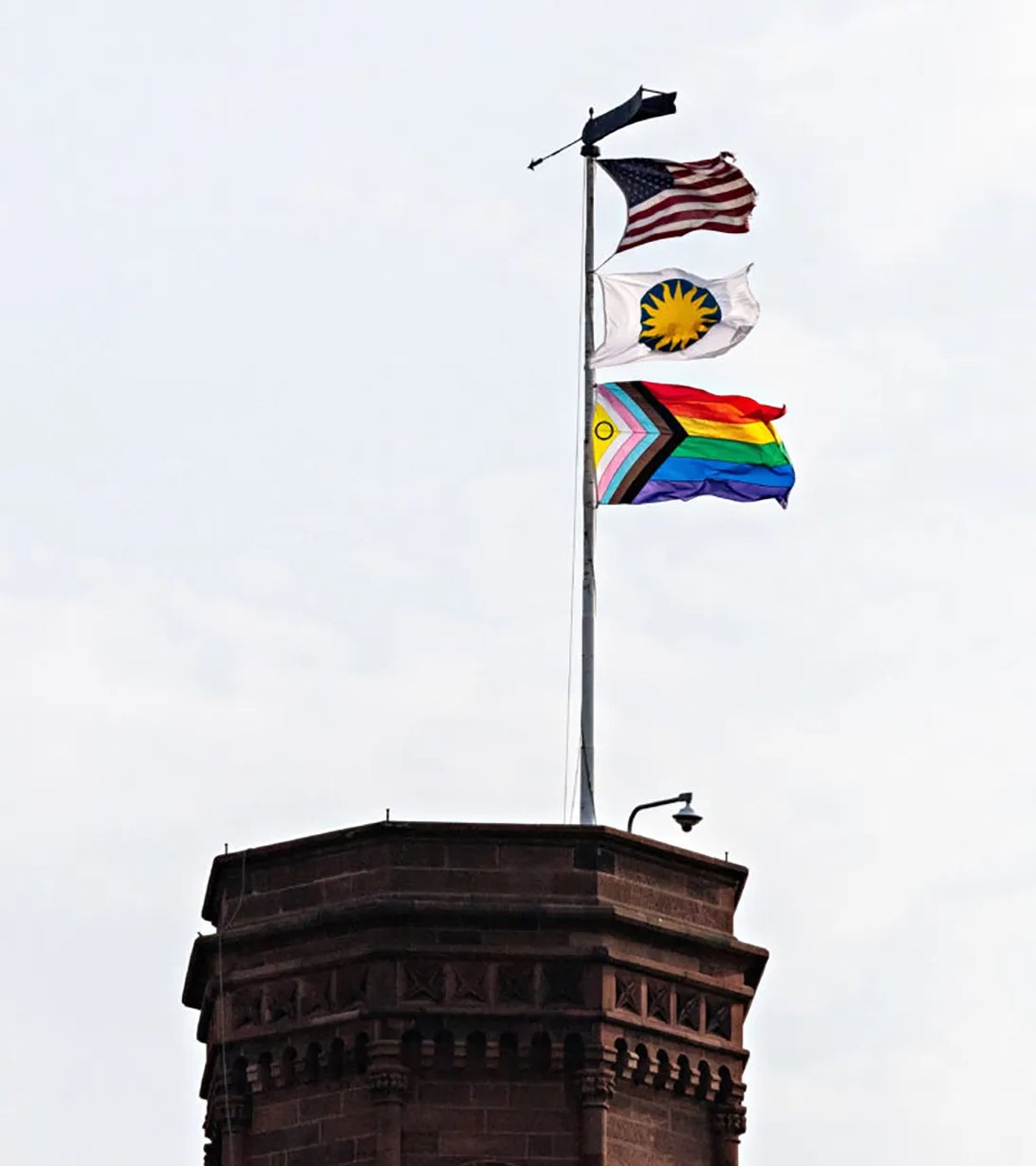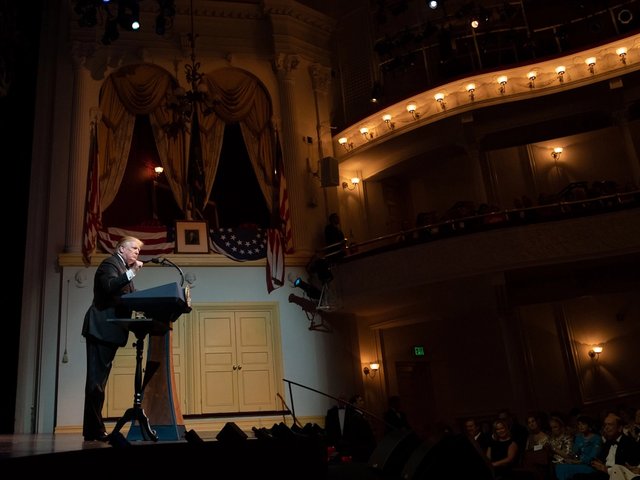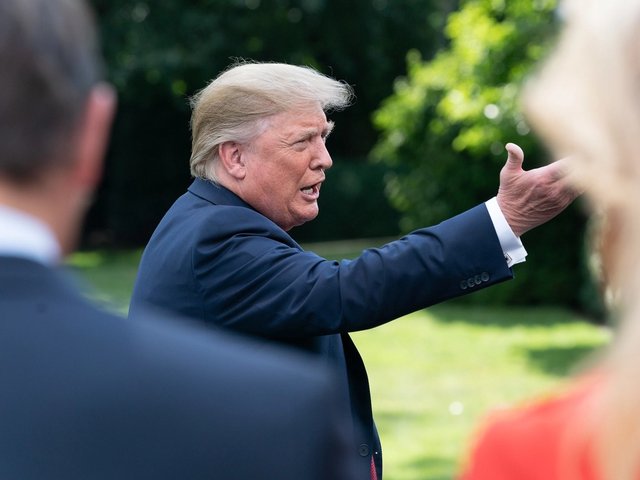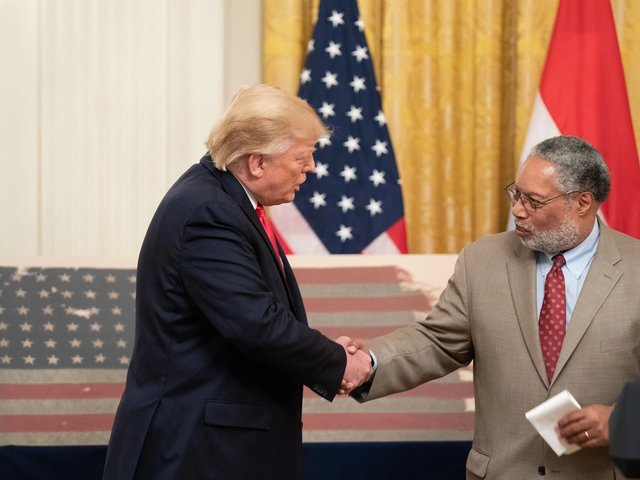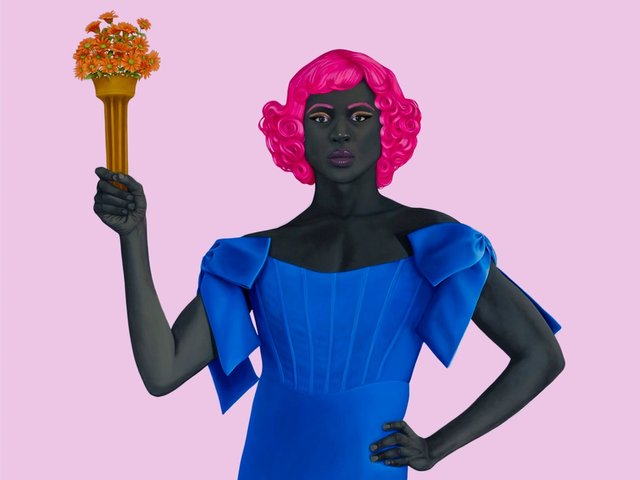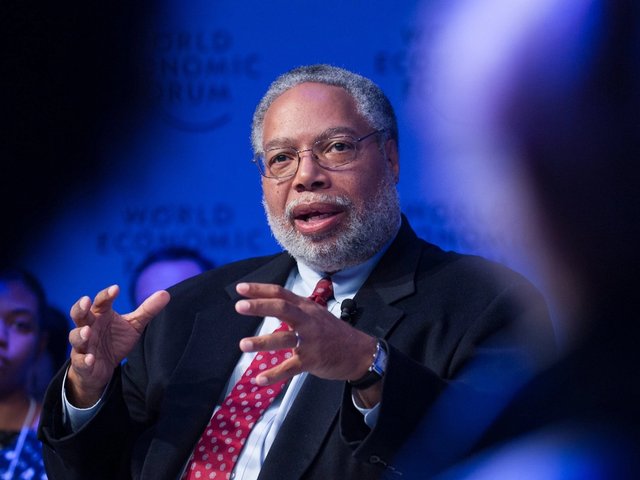Over the weekend, artists, scholars and other concerned citizens responded to the White House’s list of what it sees as objectionable Smithsonian Institution exhibits and texts, released on Thursday (21 August) under the heading: “President Trump Is Right About the Smithsonian”. Those whose work was singled out on the list came forward to defend it and call for a more defiant move against censorship at the country’s museums.
The White House’s list of Smithsonian grievances consists of a couple of dozen bullet points describing various examples of what the Trump administration would derogatorily call “wokeness”. The list leads with a text from the National Museum of African American History and Culture about defining “white culture” in the US, which used examples from “hardcore woke activist” Ibram X. Kendi, a history professor at Howard University in Washington, DC, whose book How to Be an Antiracist became a bestseller after the murder of George Floyd in 2020.
In response to the personal call-out, Kendi told Mandalit del Barco at National Public Radio (NPR) that he was not surprised. “It's a way to discredit me and distract from my scholarship and to continuously try to make me into this boogey-person who should not be taken seriously,” he said. “Because, frankly, I could see this White House not wanting their supporters to take my work seriously, because I think if they did, they wouldn't take the White House seriously." Kendi likened the White House’s actions to those of the Jim Crow era, when politicians railed against recounting the evils of slavery in public museums.
Other targets on the list include a dance series at the National Portrait Gallery that dealt with political exclusion, Pride flags and the ongoing LGBTQ+ History exhibition at the National Museum of American History, an Afrofuturist exhibition of works by Ayana V. Jackson, programming about Latinos and Latinas with disabilities and references to the Black Lives Matter movement.
While many of these fall well within Trump’s “anti-woke” agenda, other examples on the list are more enigmatic—like a depiction of the Statue of Liberty “holding a tomato in her right hand instead of a torch, and a basket of tomatoes in her left hand instead of a tablet”, and a commissioned portrait of Anthony Fauci, the director of the National Institute of Allergy and Infectious Diseases during both the HIV/Aids and Covid-19 pandemics.
Fauci “didn't even like the idea of a portrait of himself”, Hugo Crosthwaite, the artist behind the doctor’s portrait, told NPR. So Crosthwaite decided to create an animated portrait from 19 drawings of Fauci and his work. Although the artist assumes his work was mentioned because of the Trump administration’s anti-vaccine rhetoric, “I was kind of honoured to be included in the list of great art pieces celebrating diversity”, he said. “They're trying to censor artwork. But I always feel that it kind of backfires; it usually draws more attention to it, which I think is wonderful.”
Rigoberto A. Gonzalez, whose painting Refugees Crossing the Border Wall into South Texas (2020) was mentioned and reproduced in the White House's list, told NPR: “My work is political, and that painting in particular was questioning the anti-immigrant sentiment of the time. So I'm glad that it got a response from a presidency that is very clearly going anti-immigration.” He added that the list reminded him of the 'degenerate art' exhibitions of Nazi Germany, but he is not afraid to make more political work—he plans to create a painting of the Immigration and Customs Enforcement raids that are sweeping the nation.
Amy Sherald’s painting of a Black trans woman posing as the Statue of Liberty (Trans Forming Liberty, 2024) also made the list, although the artist withdrew her entire solo exhibition from the National Portrait Gallery well before it was scheduled to open, citing alleged censorship of that painting in particular.
In an opinion piece for MSNBC published on 24 August, Sherald writes: “When governments police museums, they are not simply policing exhibitions. They are policing imagination itself.” She continues: “This country’s story has always been a contradiction. Slavery alongside freedom. Erasure alongside invention. Art carries what is too heavy for language to hold. And museums, at their best, give us the full picture rather than the flattering one.”
Sherald then provides an example of resistance during the Jim Crow era—an exhibition titled American Negro Artists (1929-30) at the Smithsonian’s National Gallery of Art (now the Smithsonian American Art Museum) in Washington, DC. “By centring Black artistry, the show subtly challenged prevailing racial hierarchies and asserted that African American culture belonged in the national story,” she writes.
Earlier this month, the White House launched a review of select Smithsonian museums and their exhibitions, collections, programmes and texts in an effort to “ensure alignment with the president’s directive to celebrate American exceptionalism”. Trump later complained that the Smithsonian was too focused on “how bad slavery was”. Since then, more than 150 US arts organisations have signed a pledge to resist political pressure—although Trump and his administration remain unmentioned in their statement.


